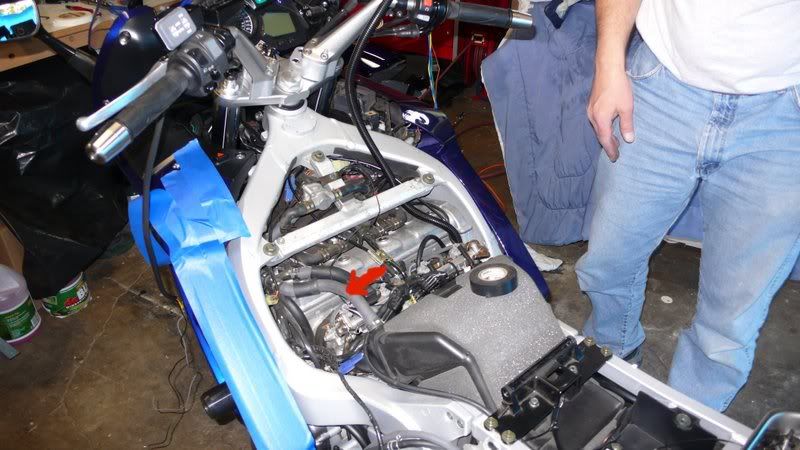Fairlaner
The Bartender Whisperer
After putting the holeshot system on my FJR I noticed that during decelaration the i was getting a poping noise from the exhaust. On tuesday i took it to OC motorsports for some dyno time, the tech there block off this hose while he did the dyno runs and it did not pop at all. he told me to just remove the hose and cap off both ends. So what do you guys think is it ok to do this or what?
Here is the hose in question

Here is the hose in question

Last edited by a moderator:









































![fjackets Real Lambskin Leather Biker Jacket — Quilted Cafe Racer Zip Up Moto Leather Jackets For Men | [1100085] Johnson Brown, XL](https://m.media-amazon.com/images/I/41I7Pm1f+vL._SL500_.jpg)





















